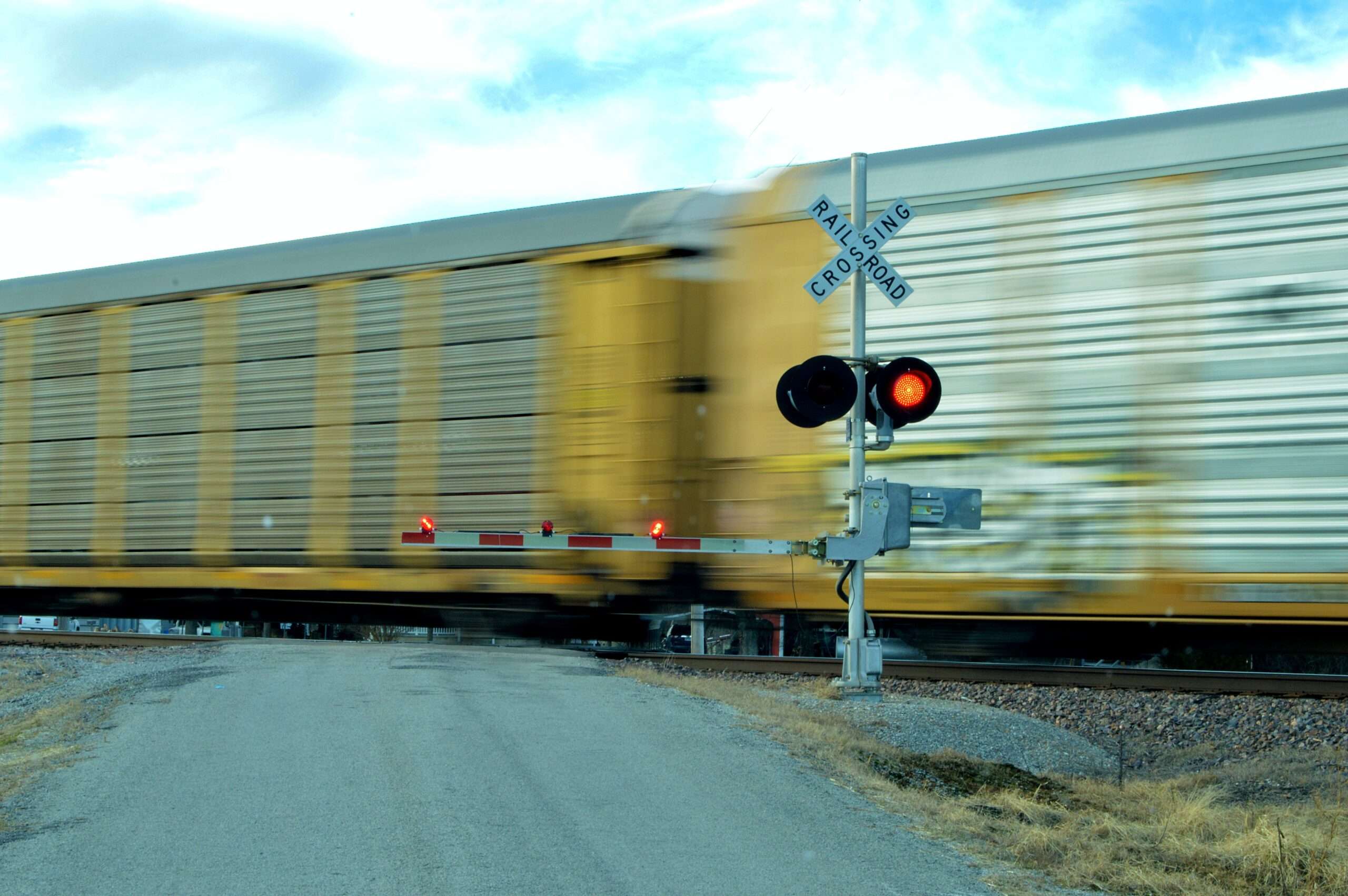
A threatened railroad worker strike that appeared to have been derailed by the Biden administration is now back on track and chugging quickly toward the holiday season.
Four of the 12 unions representing workers on America’s freight rail lines have voted to reject a new contract proposed by a special presidential mediation board, once again raising the possibility of an economy-crippling strike next month. The unions that rejected the deal are now indicating that they want additional concessions from the railroads beyond what was negotiated by the Biden administration during the summer, The Wall Street Journal reports.
Those last-second negotiations by the Presidential Emergency Board (PEB) seemed to have averted a threatened strike. Though the details of the proposed contract were not made public, the unions reportedly scored several of their top priorities, including graduated pay increases of 24 percent that will be doled out over several years and five annual payments of $1,000 to all union members (a major carrot to get workers to approve the new deal). However, the unions did not receive paid sick leave—which the Biden administration opposed for being “very costly.”
The lack of paid sick leave in the contract seems to be the major sticking point for the unions that are once again threatening to strike.
“This is the railroads’ last chance to do the right thing by voluntarily agreeing to provide paid sick leave to all employees,” warned the Brotherhood of Maintenance of Way Employes (BMWE), one of the four unions that rejected the deal, in a statement. “If the railroads fail to give up one penny of every dollar of profit for paid sick leave for their highly valued employees by December 8th, and there is either a strike or lockout or both, then the railroads will be responsible for the imposition of a shutdown of their operations and the economic harms to its customers, the country’s economic supply chain and the entire U.S. economy.”
The unions have asked for 15 paid sick days per year, but the railroads settled on giving one additional personal day on top of existing vacation allowances, Reuters reports. A potential shutdown—the result of either a strike or a lockout—could cost the U.S. economy as much as $2 billion per day, according to the news agency.
It is possible that the conflict gets settled without further intervention from the federal government, but both the White House and Congress could put more pressure on the two sides. Sens. Richard Burr (R–N.C.) and Roger Wicker (R–Miss.) have introduced a bill that would prohibit a strike and force the unions to accept the PEB-authored contract, which could be the ultimate last-gasp plan to avoid a devastating strike.
“There’s no counterproposal in Congress to rewrite the PEB’s agreement to give the unions what they want,” notes Sean Higgins, a research fellow at the Competitive Enterprise Institute, a free market think tank. “In short, the holdout unions don’t have a strong hand to play this time. They probably know this and are just pushing things as far as they can.”
Indeed, the U.S. Chamber of Commerce responded to the new strike threats by immediately asking Congress to get involved. “Congress must now impose the deal President Biden negotiated, and the railroads and union leadership agreed to,” Suzanne P. Clark, president and CEO of the chamber, said in an emailed statement. “If Congress fails to do so, a rail strike would substantially exacerbate inflation and the economic challenges Americans are facing today.”
Everything at this stage is a negotiating tactic, but it is hard to believe that Congress and the White House would allow the unions to hold a huge swath of the U.S. economy hostage in the weeks before Christmas.
That’s especially true because even the labor-friendly Biden administration has shunned the unions’ request for 15 days of paid sick leave. That proposal would be “an overly broad and very costly proposal,” Biden’s PEB wrote in its final report on the agreement that the unions recently voted on. If adopted, it “would create 15 paid days a year that, while nominally labeled as sick leave days, would be structured to be used on demand as a means of permitting employees to better balance work-life needs and would effectively be personal days.”
The four unions that rejected that proposal are probably hoping that the railroads will offer a more limited sick leave package in order to avoid a strike. It would obviously be preferable to see the two sides come to an agreement that does not require further intervention from the federal government. But there’s no doubt that the unions are playing a dangerous game by putting a strike back on the timetable.









